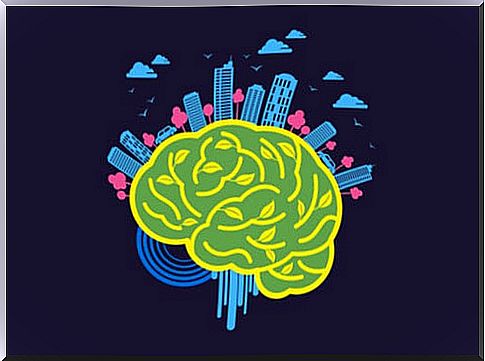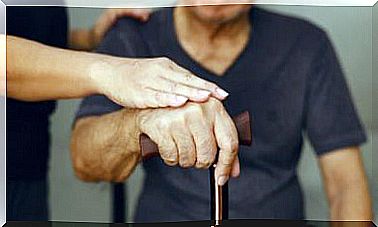Neuroarchitecture: The Power Of The Environment Over The Brain

Although neuroarchitecture seems like a new discipline, the truth is that it is close to reaching its first seventy years of life; decades in which its most important objective has not changed. Its function is to create spaces for happiness, well-being, productivity and quality of life. Buildings that reduce stress and anxiety.
It is a branch in which architects and neuroscientists work together and its objective is the design of spaces and buildings focused on the functioning of the brain of those who occupy them. The location of windows, the angles of the walls and furniture, colors, textures, open spaces and sounds, among many others, are the components on which this “shared” science is based.
What is neuroarchitecture?
Seen from the approach of creating buildings that affect the functioning of the brain, it could be said that it is a discipline that dates back to the first Gothic buildings. Although as a science it is much younger. In fact, it can be said that neuroarchitecture, as we know it now, was born about 25 years ago. It was inspired by the neuroplasticity of the brain. Neuroarchitecture is a discipline that is interested in how the environment modifies brain chemistry, and therefore emotions, thoughts and behaviors.
Dr. Fred Gage, a neuroscientist at the Salk Institute, was interested in the effects on the brain caused by changes in the environment. His interest is focused on understanding how the brain interprets, analyzes and reconstructs the space that surrounds it. In this way neuroscience provides valuable clues to architects to distribute spaces. The creation of certain environments causes the brain to set in motion mechanisms that produce the hormones necessary for the development of certain emotions and sensations.

The psychosocial influence of architecture
It is estimated that human beings spend more than 90% of their time inside buildings. Knowing how the environment has power over the brain, that data alone already provides us with a lot of information. It gives us a fairly clear idea of the importance of creating buildings that are more humane, healthy and that generate well-being. Neuroarchitecture focuses on both aesthetic and symbolic aspects.
Neuroscience can map the brain and understand what stimulates it and what kinds of things activate it. A building whose architecture inspires calm has nothing to do with another that inspires anxiety. In this sense, neuroarchitecture handles concepts such as the quantity and projection of light or the height of the ceilings. You know how to influence creativity and productivity. It takes into account which architectural elements produce a collaborative effect or a need for privacy in the brain.
The elements
We already know several architectural elements that influence our mental state. For example, we know that architectural designs with sharp or pointed angles favor the appearance of stress. Rectangular spaces have a less closed feeling than square floor plans. Lighting is another important element. Poor artificial light forces the brain to work much harder on a task, which affects productivity.
The high ceilings are appropriate for creative and artistic activities. On the contrary, the low ceilings favor concentration and routine work. The colors condition the mood, and therefore the decisions and attitudes. Green colors slow the heart rate and relieve stress. The red tones stimulate cognitive and attention processes which are of great help in tasks that require great mental concentration.

In symbiosis with the outside
In recent years, neuroarchitecture is understanding the importance of outdoor spaces and nature for the proper functioning of the brain. It is as essential as recharging the battery of electronic devices. Nature gives the brain the ability to disconnect and recharge.
Another important element when disconnecting is offered by the auditory cortex. This area of the brain is responsible for interpreting sound vibrations. It is known that when a person activates this area with music of their liking, it generates extra amounts of dopamine, a hormone that improves concentration at work.









